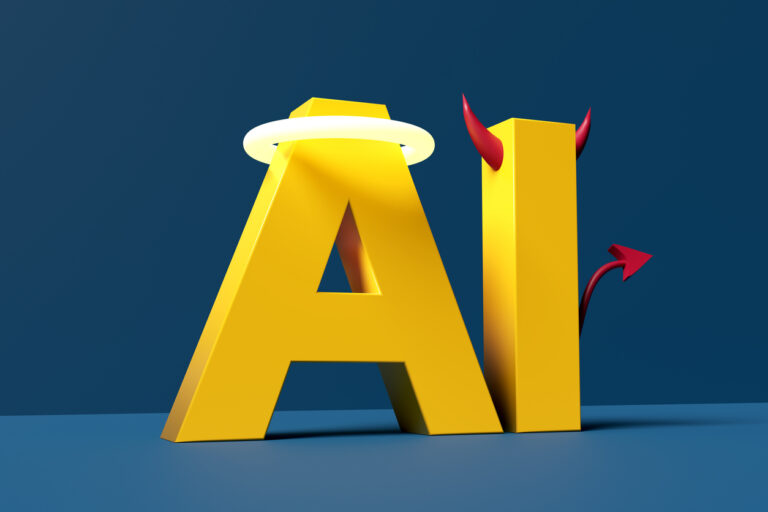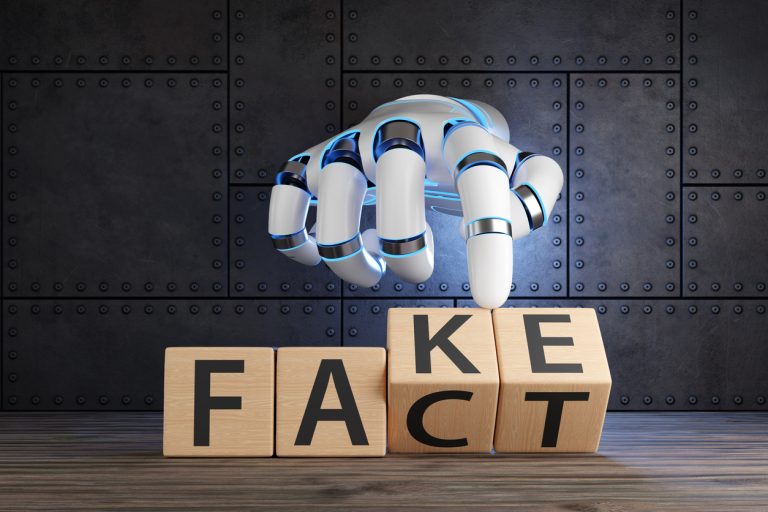AI is dazzling.
Every day we hear stories of breakthroughs that were once the stuff of science fiction. Algorithms spotting cancers earlier than doctors. Tools accelerating drug discovery. Systems optimising renewable energy grids. Even creative sparks — helping writers, musicians, and innovators bring ideas to life in ways they never imagined.
This is the promise of AI: to help us solve problems faster, to make work lighter, and even to save lives.
But like every shiny new tool, the story isn’t so simple.
For every life-saving application, there are countless distractions — business shortcuts, copy-and-paste creativity, personal assistants that encourage us to think less and consume more. Are we unlocking human potential… or quietly outsourcing it?
The truth is, it depends on how we use it. Some people lean into AI as a partner — curious, engaged, adding their own effort to unlock new ways of working. Others lean back, letting AI replace curiosity, reflection, and discipline. And some — let’s not ignore this — exploit it, even weaponise it, in ways that raise profound ethical and human risks.
So before we celebrate AI as progress without question, let’s pause.
Because behind the glowing headlines and slick interfaces lies a story few talk about — one that doesn’t show up in launch events or quarterly results. It’s the story of what powers AI, what it takes from our planet, and what toll it could exact if leaders choose convenience over courage.
Drawing Back the Curtain: The Reality Behind the Magic
When you open an AI tool, it feels effortless. A click. A question asked. An answer returned. A spark of creativity. But that simplicity is deceptive. Behind the screen lies an invisible industrial machine — one expanding so rapidly it’s reshaping how we use energy, water, and land at a pace few leaders have truly stopped to consider.
The truth is, the server farms powering AI are no longer a hidden side note of the digital economy. They are fast becoming one of the most resource-hungry infrastructures in the world — and their growth trajectory is staggering.
- Electricity: In the United States, data centres already consume more energy than some entire manufacturing sectors. By 2030, they could draw nearly one in every ten units of national electricity — the equivalent of adding a city the size of New York to the grid, purely to power AI.
- Water: To keep servers cool, a single large facility can consume millions of litres of water every day. In water-stressed regions, that is the same supply entire towns rely on. For leaders, the uncomfortable reality is this: in some places, the choice between supporting data centres or communities is already being tested.
- Waste and resources: Building and replacing hardware at this scale demands rare minerals, global supply chains, and results in mountains of e-waste. By 2030, AI infrastructure alone could contribute more than 10% of global electronic waste — much of it toxic and hard to recycle.
And this isn’t just an American story.
- In Ireland, data centres already consume over 20% of the country’s electricity — more than all the urban households combined — forcing regulators to restrict new connections.
- In the Netherlands, public pushback has led to outright bans on new hyperscale projects after community outrage over land and energy use.
- In Singapore, a moratorium on new centres was lifted only under strict efficiency and renewable mandates — while just across the border, Johor, Malaysia is becoming a boomtown for hyperscale farms, raising fears over water and power stress.
- In Australia, analysts warn that data centres could account for up to 8% of national electricity by 2030, with some proposed projects demanding water volumes equivalent to entire suburbs.
- And yes, within the U.S. itself: in Arizona, data centres are colliding head-on with water scarcity in one of the driest states. In Virginia, residents are challenging what would be one of the world’s largest server projects, citing noise, diesel emissions, and even the destruction of historic sites.
This is not a forecast. This is today.
And here’s what matters most for leaders: even these eye-watering numbers are likely conservative. The explosion of AI adoption in 2024 and 2025 is already outpacing the forecasts. Demand isn’t just growing — it’s accelerating. Which means the gap between the story being told (AI as clean, light, and magical) and the story unfolding behind the curtain (AI as industrial-scale consumption) will only widen.
What we’ve touched on here — from Ireland’s grid strain to Arizona’s water battles, from Singapore’s strict mandates to Australia’s looming bottlenecks — is only the beginning. Around the world, the rise of server farms is reshaping communities, ecosystems, and entire economies in ways most leaders have yet to fully confront.
Because this is not just a technology issue. It’s a leadership issue.
Opposite Ends of the Spectrum
Depending on a leader’s maturity around AI — how well they understand its use, its potential for exploitation, and the ethical considerations that come with it — they will either gravitate to one end of the spectrum or find themselves somewhere in between.
At one end are the enthusiasts — captivated by AI’s promise of progress, productivity, and profit. They fear being left behind if they don’t adopt quickly. For them, AI is an unstoppable wave of innovation, and their instinct is to ride it at all costs.
At the other end are the skeptics — deeply concerned that this is yet another horse that’s bolted. They see consequences and devastation being ignored in the name of progress — and let’s be honest, greed. To them, server farms look less like a marvel of the future and more like factories of the digital age: consuming energy, draining water, and carving up land while communities, wildlife, and ecosystems pay the toll.
Both perspectives hold truth. But neither tells the full story.
The Risk Rebel Lens
Risk Rebels don’t sit at the extremes — and we don’t hide in the so-called “safe middle,” either. We step into the spaces others avoid: the uncomfortable, complex places where risk and opportunity collide.
Because the real challenge with AI isn’t simply whether we use it. It’s whether we understand the interdependencies: the direct and indirect impacts, the ethical choices, the supply chains and resource demands, and whether it all aligns with our organisational identity.
This is where leadership is tested. Not just in the decisions you make inside your organisation, but in the standards you set for those around you. Too often, accountability is outsourced — to regulators, to suppliers, to “the market.” But Risk Rebels know this truth: if you benefit from the progress, you also carry responsibility for the toll. On people. On communities. On ecosystems and species that also call our planet home.
That doesn’t mean pulling back. It means leading with courage. Using our wisdom, our tools, and hindsight-for-foresight to stretch beyond today’s quick fixes or short-term wins. Because AI isn’t going away. It will shape decades to come. The only question is whether we shape it responsibly, or let it shape us blindly.
A Call to Courage
So here’s the call: don’t let AI become another story of progress at any toll. Let it be the moment leadership proves it can be bigger than profit, bigger than hype, bigger than right now.
The leaders remembered tomorrow will not be the ones who rushed to adopt at any cost, nor the ones who stood paralysed in fear. They will be the ones who had the courage to see the bigger picture — and to act on it.
And what we’ve explored here is only the beginning. In our next blog, we’ll take a deeper look at how the rise of server farms is already reshaping communities, ecosystems, and economies around the world — and what it reveals about the kind of leadership this moment demands.




